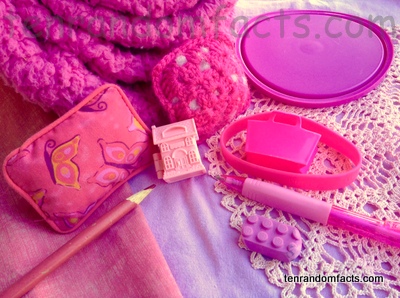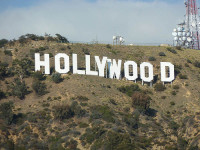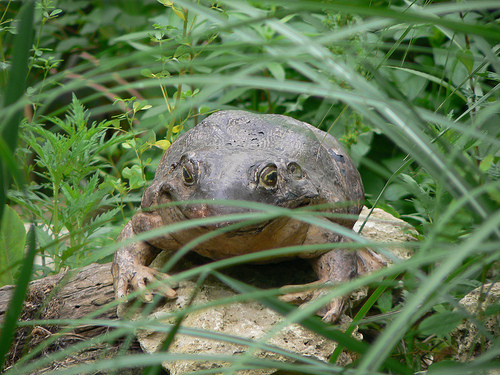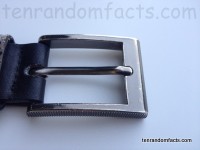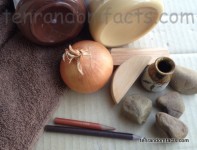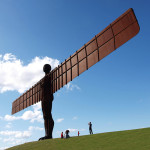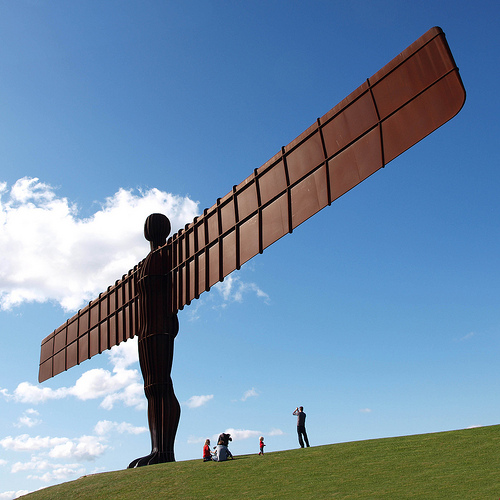
Tickle me pink! Is that really another colour?
- Pink is a light red to red-purple colour with the hexcode of #FFCBDB and RGB code of (255, 203, 219).
- The term ‘pink’ originates from a species of the Dianthus plant that goes by the same name, most likely in reference to its flowers that have a zigzag edge that look like they have been cut with pinking shears.
- Common shades of pink include orchid, cherry blossom, Barbie, cotton candy, pastel, baby, Mountbatten and rose.
- ‘Pink’ was originally referred to as ‘rosy’ until the former word’s use in the late 1600s, while ‘rosy’ originated from the Latin term ‘roseus’.
- During the Medieval and Ancient eras, pink was generally reserved for describing or painting the colour of the skin of people.
- Ham, pigs, roses, sunsets, tulips, galahs, cherry blossoms, berry-flavoured sweets, rose quartz, cotton candy and lipstick are all commonly coloured pink.
- Pink is typically used to symbolise sweet, youth, female, love, innocence, charm, beauty and politeness.
- Due to its base of red and shades of white, pink is useful to attract attention but it is also quite passive and it can have a calming affect, hence its use in some circumstances in some prisons.
- In some countries, pink is strongly associated with young girls, and as such, they are dressed in this colour, and this practice began in the early 1900s, which also saw boys being dressed in blue.
- Pink pigment is typically made with red and white, however, some say pink is not technically a colour due to its absence on the light spectrum, as it is made from violet and red light, located on opposite ends of the spectrum.



